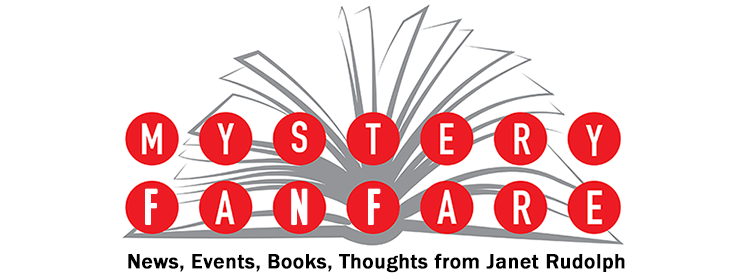My first mystery, Pesticide, was published in 2022, so I’ve only killed seven people so far. They all died in the Swiss Canton of Bern, four of them meeting their ends in the City of Bern’s medieval section or a short walk from it. These literary deaths occurred near where I live, too, making it easy to get the settings right.
My intention in this essay, however, is not to describe my fictional victims but Bern’s real dead. Since the city was founded in 1191, it has grown from less than 5,000 inhabitants to almost 150,000. That adds up to a lot of burials.
Modern Bern has three public graveyards with 130,000 grave sites. That includes individual spaces for coffins and urns, family graves, and communal burial areas. All three cemeteries are flower-filled city parks shaded by large trees, with benches and carefully tended walkways. Each grave is planted with seasonal flowers three times a year, creating myriad tiny gardens, all exquisitely maintained.
Schosshalden, the largest of Bern’s three cemeteries or Friedhöfe, is a twenty-minute walk from my apartment, so I’ve spent a lot of time in it during the thirty-seven years I’ve lived in the city. I regularly climb Schosshalden’s hills and stroll its paths for exercise, experiencing it as an oasis of greenery and peace. Peace for me, that is, but not for the people buried there since most of their graves will be dug up to provide space for someone else. In a country as small and mountainous as Switzerland, there isn’t room for anyone to claim a site of eternal rest. The main exceptions are the very wealthy, who keep their plots as long as their descendants are willing to pay for them.
At about $350 a month for the use and tending of a burial plot, the standard period that most people’s bones or ashes are left in the ground is twenty years. When that time is up, relatives are asked if they want the gravestones. Most don’t, so the slabs are crushed and recycled as gravel. Groups of twenty-year-old graves disappear one section at a time, and the stretch of land they once filled is planted with grass until it is needed for new burials, which isn’t very long.
Family members are permitted to have their loved one’s bones or ashes exhumed, but most turn this offer down, so the remains stay in the earth. There are, in any case, fewer and fewer bones to be found since most Swiss today prefer cremation. At the Schosshalden cemetery, fifty percent of recent burials are in large communal graves. Twenty anonymous years in a community grave costs less than one year in a private grave, although you can have your name listed on a large plaque if you pay extra.
The official word for what happens to individual graves after two decades is aufgehoben. In English, it’s translated as “removed” or “canceled,” but the word literally means “lifted up.” I like to think that by the time a Schosshalden gravestone is removed, the human remains beneath it have been processed by the earth and lifted up into the cycle of nature.
Splintered Justice, the latest of my police procedurals featuring Bern detectives Linder and Donatelli, portrays not only the Schosshalden cemetery but a young city gardener named Zora who tends its grounds and graves. Her father, a Croatian refugee to Switzerland, hoped she’d go to university, but Zora loves her job—for now. At twenty-five, she is still figuring out who she wants to be. By the end of the book, she’s a little closer to knowing that.
***
Kim Hays, a citizen of Switzerland and the United States, writes the Polizei Bern series featuring detectives Linder and Donatelli. Kim grew up in San Juan, Puerto Rico, and Vancouver, British Columbia, and studied at Harvard and Berkeley. Thirty-seven years ago, she moved to Bern, her Swiss husband’s hometown, where she worked as a freelance journalist, English teacher, and coach for expat employees at multinational companies before becoming a mystery writer. The first Linder and Donatelli book, Pesticide (2022), was a finalist for the Crime Writers’ Association’s Debut Dagger Award and the Silver Falchion Award for Best Mystery. It was followed by Sons and Brothers (2023), A Fondness for Truth (2024), a BookLife Editor’s Pick, and now, Splintered Justice (2025).

.jpg)

No comments:
Post a Comment